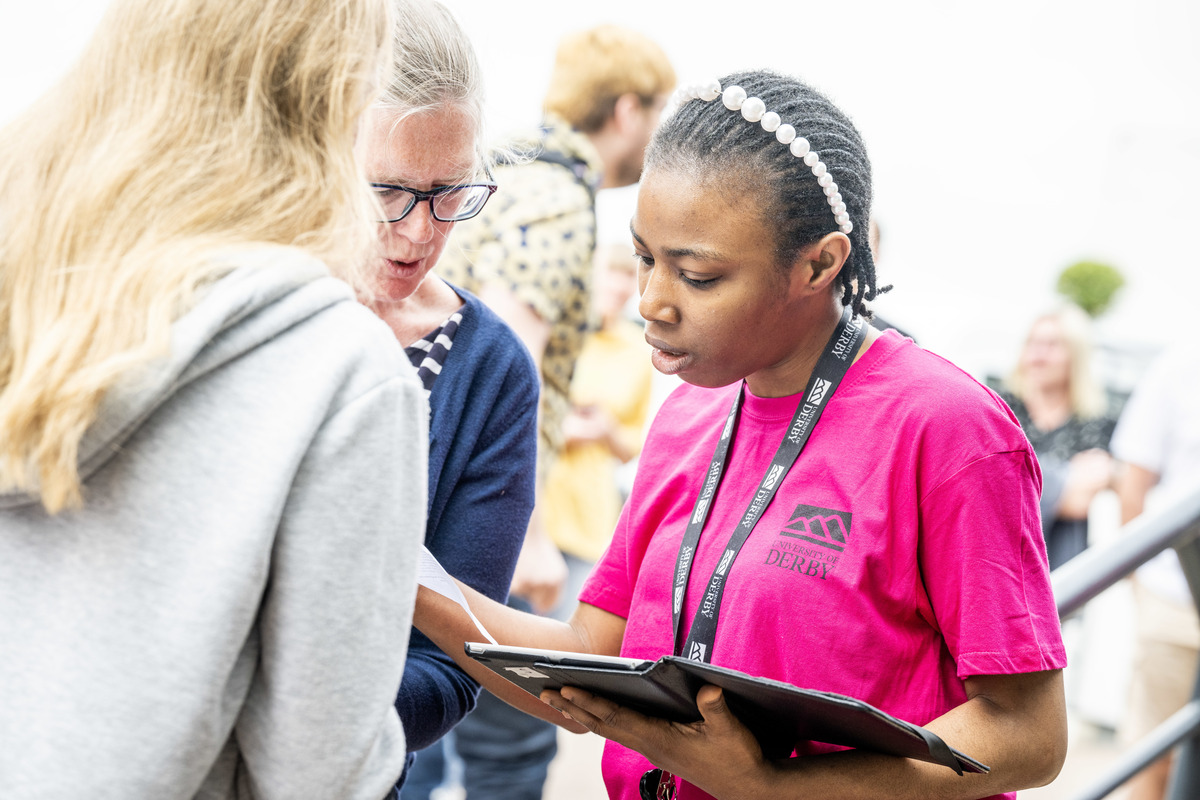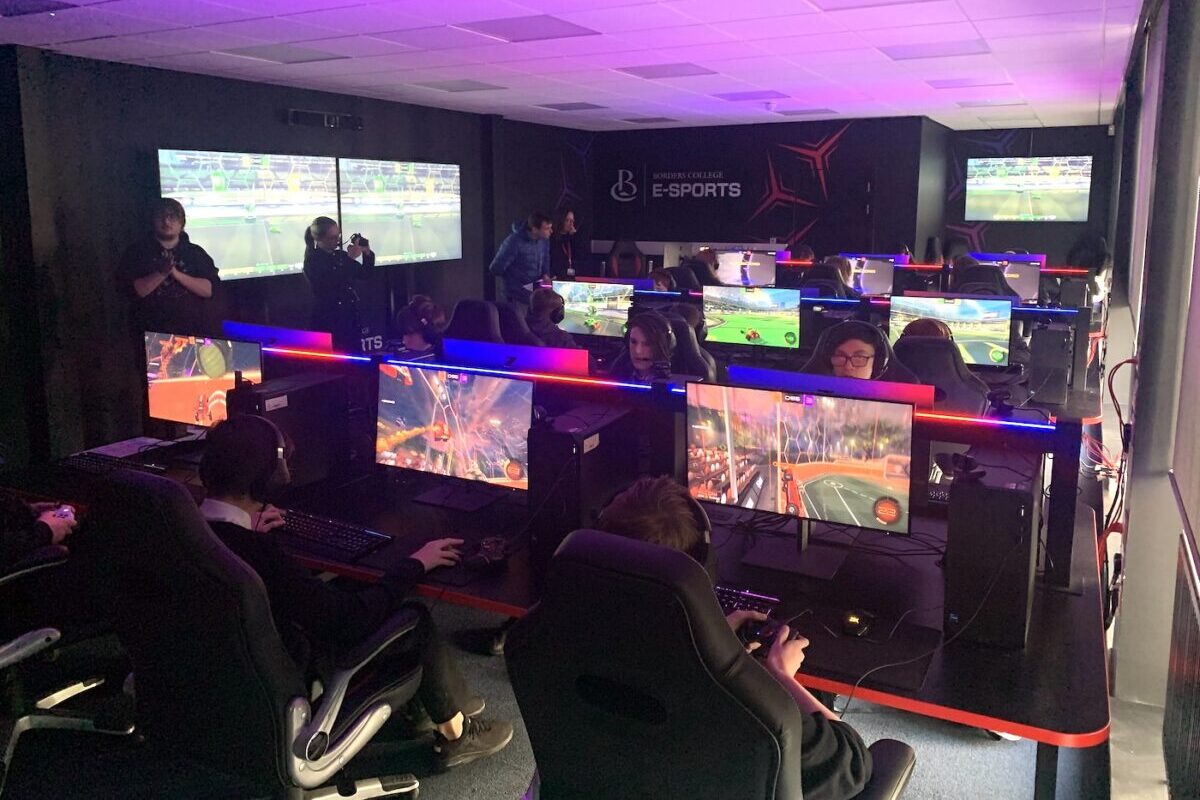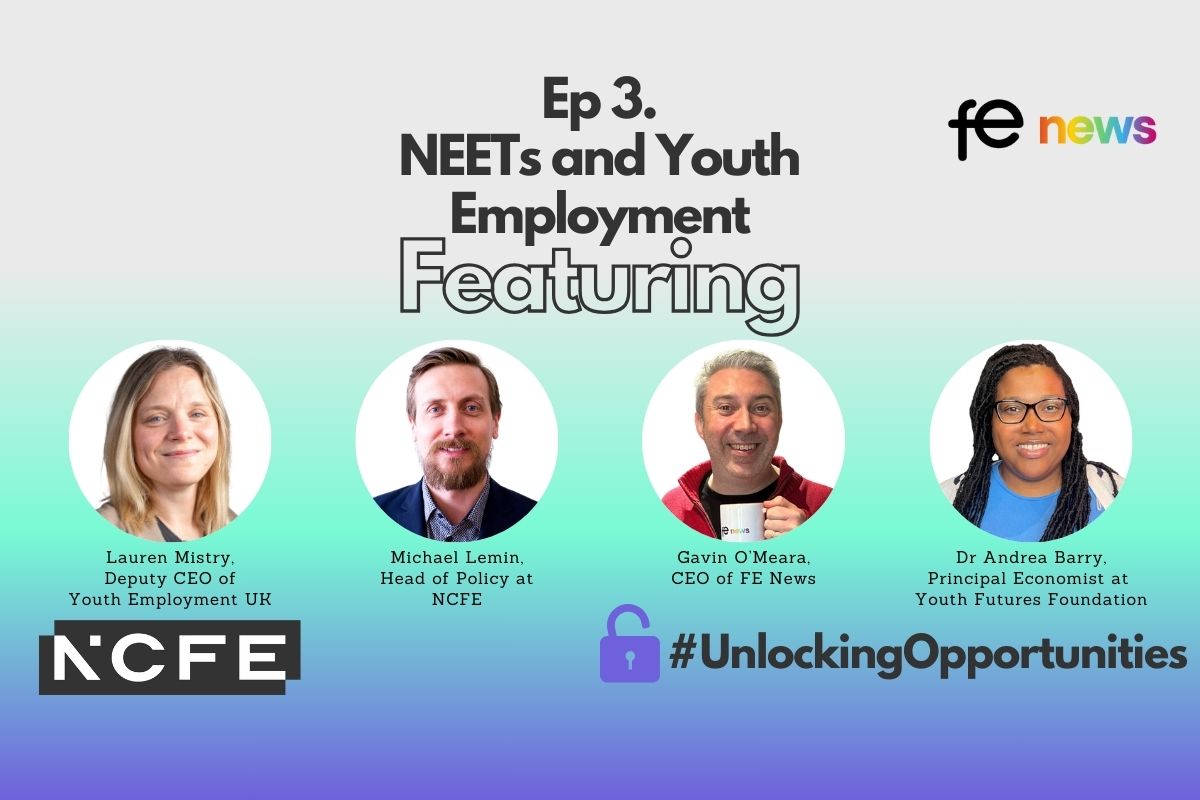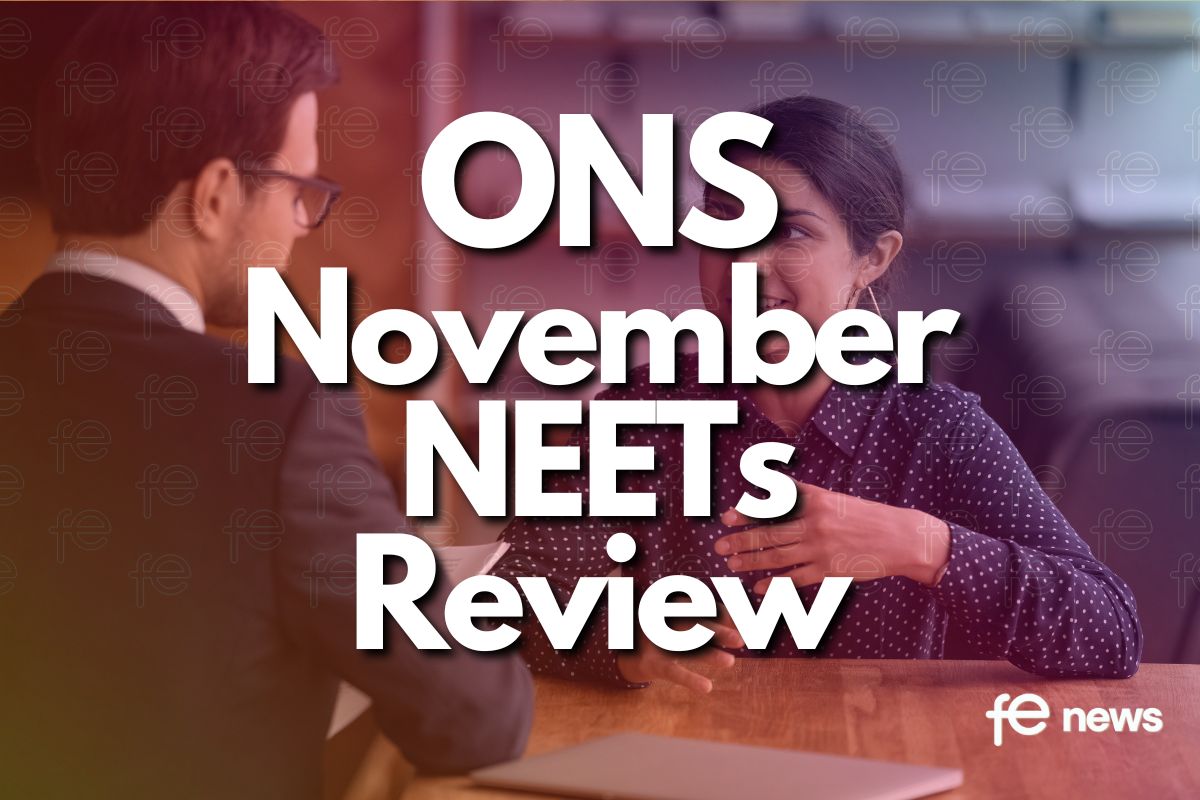How Education Providers can Maintain Strong Relationships with Industry Leaders

The gap between what students learn and what the job market needs is closing, but there’s still work to do. By fostering deeper relationships with business leaders, educational institutions can ensure that students are better prepared for the workforce, and businesses can have a steady stream of well-trained, capable employees. Here’s how education providers can strengthen these essential relationships.
Understand Their Needs
The first step in any relationship is understanding. For education providers, this means truly getting to know what businesses need. This isn’t just about reading reports or studying trends – it’s about having real conversations with business leaders. What skills are they finding in short supply? What new technologies or methodologies are they adopting? By understanding these needs, educational institutions can tailor their curricula to ensure that students are learning relevant, up-to-date skills.
One practical approach is to establish advisory boards that include key business leaders. These boards can meet regularly to discuss industry changes, workforce challenges, and new opportunities. This direct line of communication allows education providers to stay ahead of the curve and ensures that their programs are aligned with the evolving demands of the business world.
Let Data Do the Work
Understanding is just the beginning. To really strengthen relationships with business leaders, education providers need to go a step further by creating meaningful partnerships. This goes beyond occasional meetings or guest lectures. Instead, think about long-term collaborations that benefit both parties.
To really get the most out of it, education leaders must harness their data to establish and nurture relationships with businesses. Education providers can tap into the power of data to build strong relationships with businesses by focusing on a few straightforward strategies.
First, schools and training centres can analyse data on the skills students are learning and how those skills match up with the needs of local businesses. By understanding the skills gaps in the workforce, education providers can tailor their programs to better prepare students for real-world jobs, making their graduates more attractive to employers.
Second, providers can track employment trends and success rates of their alumni. They can use this data to show businesses how well their students perform after graduation, giving businesses confidence that partnering with the school for internships, job placements, or training programs is a smart investment.
Finally, education providers can gather feedback from businesses that have hired their graduates. This helps providers refine their programs and create a feedback loop that keeps the education-business connection strong. By using data to stay responsive to business needs, education providers can ensure they are not only helping their students succeed but also supporting the growth of the companies that hire them.
In short, data can act as a bridge, connecting what students are learning with what businesses need, creating a win-win relationship for everyone involved.
Engage in Continuous Communication
Once a partnership is established, it’s crucial to keep the lines of communication open. Regular check-ins with business leaders can help to keep the relationship strong and ensure that both sides are getting what they need from the partnership. This doesn’t have to be formal – sometimes, a simple phone call or email can go a long way in maintaining a connection.
In addition to regular communication, it’s important for education providers to be proactive about seeking feedback. Are the students who interned at the company meeting expectations? Is there a new skill or technology that the business would like to see incorporated into the curriculum? By actively seeking out this kind of feedback, education providers can continuously improve their offerings and stay aligned with the needs of the business world.
Showcase Success Stories
Nothing strengthens a relationship more, than seeing the tangible benefits of collaboration. Education providers should make a point to showcase the success stories that come out of their partnerships with businesses. This could be in the form of case studies, testimonials, or even press releases in local or industry press, that highlight how the partnership has benefited both students and the business.
For example, if a company hires several graduates who were part of a special programme or course developed in partnership with the education provider, that’s a story worth telling. Not only does this help to solidify the relationship with the business, but it also serves as a powerful marketing tool for the education provider. Potential students and other businesses will see the real-world impact of the education being offered, which can help to attract more interest and investment in future partnerships.
These can be communicated through social media channels, newsletters, and emails. Social media teams from both parties can collaborate to create content that will appeal to both groups and encourage students to consider internships and apprenticeships as more and more become available.
Be Flexible and Innovative
The business world is constantly changing, and education providers need to be flexible and innovative to keep-up. This means being willing to adapt the curriculum, experiment with new teaching methods, and even explore new forms of partnership. The most successful education-business relationships are those that are dynamic and responsive to change.
One way to stay flexible is by embracing new technologies. For instance, online learning platforms can make it easier to offer specialised courses that are developed in partnership with businesses. These platforms can also allow for more flexible scheduling, which can be a big plus for working professionals who want to further their education. Enlisting the support of technology and data companies for marketing, is another way of doing this.
Innovation doesn’t just mean technology, though. It can also mean rethinking traditional education models. For example, some education providers are experimenting with shorter, more focused programmes that are designed to quickly upskill workers in a specific area. These “micro-credentials” or “nanodegrees” can be developed in close collaboration with businesses, ensuring that they meet the exact needs of the industry.
Invest in Long-Term Relationships
Before we finish, it’s important to remember that building strong relationships with business leaders is a long-term investment. These relationships don’t happen overnight – they take time, effort, and commitment. Education providers should be in it for the long haul, always looking for ways to deepen and expand their partnerships with the business community.
By focusing on long-term relationship-building, education providers can ensure that they are not only meeting the needs of today’s businesses but also preparing for the challenges of tomorrow. The stronger these relationships are, the better positioned both education providers and businesses will be to navigate the future together.
Strengthening relationships with business leaders isn’t just a nice-to-have, it’s a necessity. By understanding business needs, creating meaningful partnerships, engaging in continuous communication, showcasing success stories, staying flexible and innovative, and investing in long-term relationships, education providers can ensure that they are producing graduates who are ready to thrive in the workforce. And when businesses succeed, so do the students, the education providers, and ultimately, the economy as a whole.
By Adam Herbert, co-founder and CEO of Go Live Data











Responses